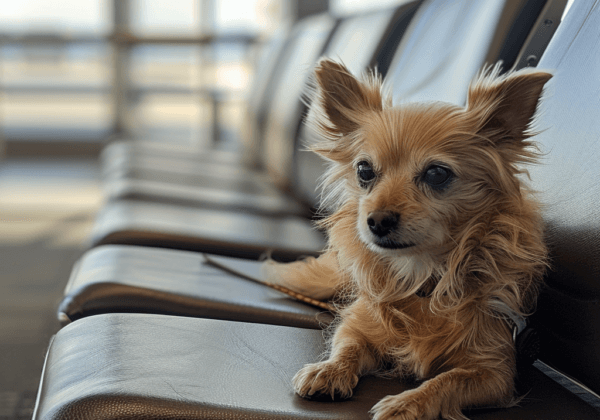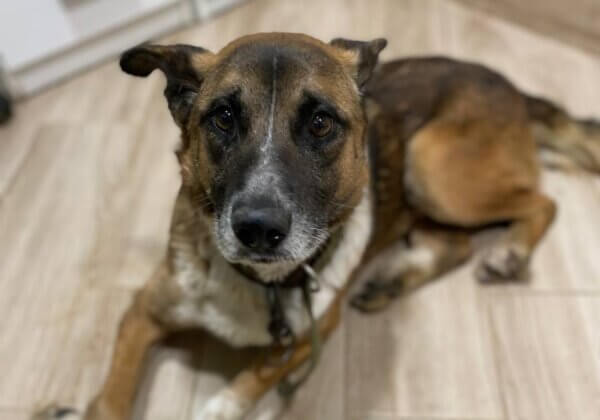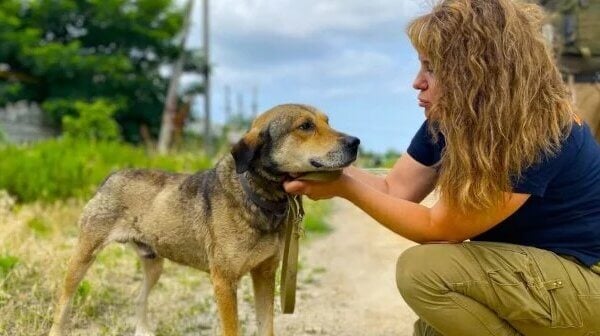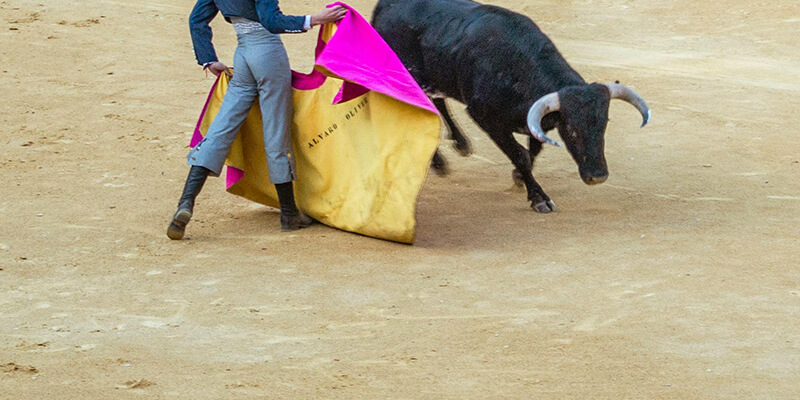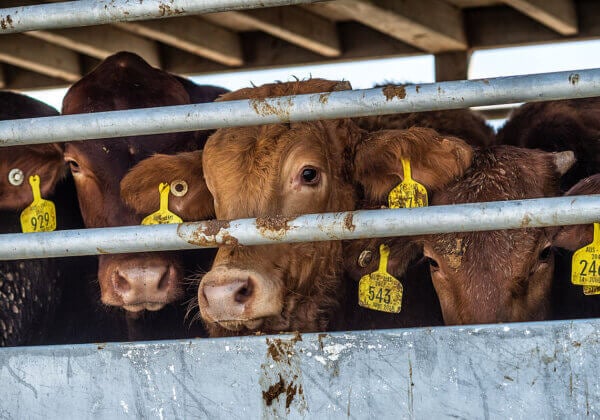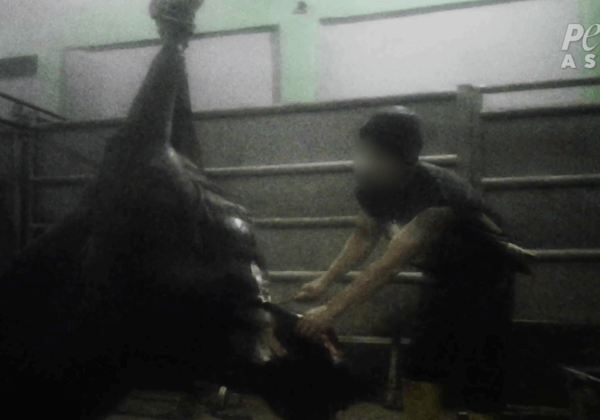Exotic-Animal Trade: Suffering for Sale
 More and more people are succumbing to the temptation to acquire exotic animals, such as birds, snakes and lizards, to keep as pets. But captivity is often a death sentence for wild animals and in some cases, for the people who “had” to have them as well.
More and more people are succumbing to the temptation to acquire exotic animals, such as birds, snakes and lizards, to keep as pets. But captivity is often a death sentence for wild animals and in some cases, for the people who “had” to have them as well.
The ugly cycle begins when breeders remove newborn animals from their mothers within hours or days of birth so that they can be “hand-raised” and acclimated to human contact. Many species have close bonds with their infants, and such traumatic separations leave both mother and baby emotionally scarred for life.
The black market trade in exotic and endangered animals is big business. Animals who were flying through rainforest canopies or living their lives in tropical jungles find themselves stuffed into pillowcases, duffle bags and spare tires. Since concealment is paramount, they are denied food, water and any measure of comfort during transport. Many suffocate or die from starvation and dehydration. Others sustain injuries from rough handling or from fights with other crazed victims.
Exotic species have precise dietary and veterinary requirements that the average person isn’t even aware of, much less capable of providing. In order to thrive, reptiles need technical spectrum lighting and tropical birds need high levels of humidity. And as the reality of a novelty pet quickly shifts from thrill to nuisance, many animals are forgotten and neglected or are unloaded from one owner to the next. Some are simply dumped outside to die, frightened and alone.
Denied everything that is natural and important to them and forced to live in close contact with humans, stressed animals frequently lash out, causing injuries. They may also transmit diseases to their human companions.
Authorities must slam the door shut on this cruel cycle once and for all.
Posted by Claire Fryer

